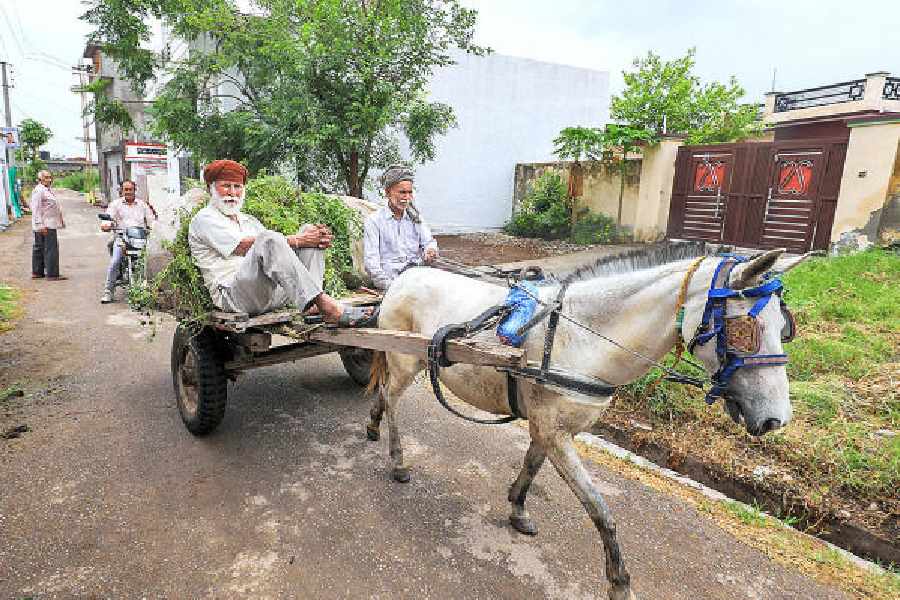Cutting down the belly fat may help combat diabetes, suggests a study in the American Journal of Clinical Nutrition. Researchers at the department of human nutrition, University of Illinois, Chicago, have shown that assessment of abdominal obesity ? by measuring the waist circumference ? can predict the risk of type 2 diabetes, the commonest form of the disease.
In the study, researchers led by nutritionist Youfa Wang looked at 27, 270 people and compared the predictive values of abdominal fat with other conventional parameters of obesity such as body mass index or BMI (weight in kilograms divided by height in metres squared; 18 to 25 is considered normal) and waist-to-hip ratio. They found that 884 people got diabetes during the 13-year follow-up period. In most cases, a waist circumference that exceeded 95 cm strongly reflected a significant risk of diabetes, the study revealed. However, even if a person appeared non-obese ? with a normal BMI ? he or she was prone to get diabetes.
?As waist circumference increased, so did the risk of developing diabetes, with the risk in men with the highest waist circumference increasing by 12-fold,? wrote Wang and colleagues. Their findings suggest that the currently recommended cut-off for high waist circumference of 102 cm for men should be lowered to 95 cm. ?Many of the men who developed type 2 diabetes had measurements lower than the current cut-off,? Wang said.
3 foods that curb blood sugar
1: Red meat: In a study published in the journal Biochemical and Biophysical Research Communications, researchers at the Purdue University and Pennsylvania State University, US, say that a fatty substance named conjugated linoleic acid in red meat helps lower other fat content to a great extent which in effect curbs diabetes.
2: Coffee: Researchers at the Harvard School of Public Health found that there was 50 per cent reduction of risk of diabetes in men and 30 per cent in women who drank six cups of coffee a day, reports the Annals of Internal Medicine. Coffee?s impact on the metabolic pathways may be the possible reason behind this.
3: Carrots: This helps prevent diabetes and heart ailments related to the disease, says a study in the Annals of Internal Medicine. Beta-carotene ? a compound found in carrots in a rich amount ? can work wonders by lowering the level of bad cholesterol from the blood. This often remains high in diabetes patients and leads to the narrowing of the heart vessels.









